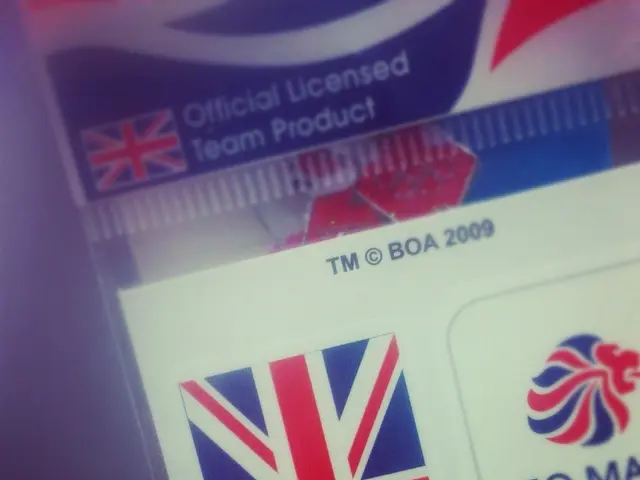Exploring a Potential Trillion-Dollar Market: The Prospect of Space Suit Sales as a Pathway to Stellar Profits!
In the vast expanse of space, the demand for advanced spacesuits is soaring. As space exploration and tourism continue to grow, companies are seizing the opportunity to provide cutting-edge solutions for astronauts navigating zero or low gravity environments.
The potential value of spacesuit contracts from NASA and other international space agencies like ESA, Roscosmos, and CNSA over the coming decades is substantial. The urgency of this situation is highlighted by recent incidents such as canceled spacewalks due to equipment malfunctions, increased safety concerns for astronauts, and potential delays in crucial space exploration milestones.
Spacesuits must accommodate a range of body types and mission-specific requirements, withstand the harsh conditions of space for extended periods, shield astronauts from extreme temperatures, radiation, and micrometeorites, and provide life support systems, including oxygen, pressure regulation, and waste management.
The emerging market for modern spacesuits offers significant opportunities for businesses due to increased space exploration activities, including lunar and Mars missions, and the growth of space tourism. The global space suit market is estimated at $2 billion in 2025 with a projected CAGR of approximately 8% through 2033.
Technological innovation is at the heart of this market. Development of advanced materials, life support systems, and new features like heads-up displays that improve astronaut efficiency and safety during extravehicular activities (EVAs) are key areas of focus. The commercial space sector's expansion, driven by space tourism and private space missions, also demands faster, scalable production and new suit designs, opening avenues for startups and established aerospace firms.
However, businesses entering this market face several challenges. High costs and complexity are inherent in the research, development, and manufacturing of advanced spacesuits. Stringent aerospace regulations and safety standards slow innovation and increase costs, as suits must operate reliably in extreme space environments.
NASA's equipment and contracting issues, such as delays and budget overruns, complicate program timelines and private sector reliance on government contracts. This uncertainty can create cash flow risk for suppliers and developers dependent on NASA spending. Market competition and consolidation, with dominance by established players like ILC Dover, Collins Aerospace, and national agencies, may pose barriers to new entrants seeking to innovate or capture market share.
These setbacks have created a vacuum in the market, potentially opening doors for new players to enter the field of spacesuit development and manufacturing. Understanding the difficulties encountered by NASA's chosen partners provides insight into the complexities of this market, including significant delays, budget overruns, incomplete critical design reviews, high interest rates affecting financing, and supply chain complications.
A water leak in astronaut Tracy Dyson's suit recently underscored the urgent need for upgrades. Developing lighter, more durable fabrics and composites is a key area of innovation in spacesuit technology.
In summary, businesses entering the modern spacesuit market can leverage cutting-edge technology advancements and growing global demand fueled by government and commercial space initiatives. However, they must navigate high costs, complex certification, and uncertainties stemming from NASA’s contracting and modernization challenges to succeed in this specialized sector. This environment underscores the importance of innovation, strategic partnerships, and diversification beyond NASA contracts to capture long-term growth.
Read also:
- Exploring the Next Phase in Motor Engineering: The Influence of Magnetic Axles
- Humorous escapade on holiday with Guido Cantz:
- Kia Manufactures Car Accessory Material from Ocean Plastic Collected from the Great Pacific Garbage Patch
- Japan's Unique Roadmap to Carbon Neutrality, Traced from the G7 Summit in Hiroshima








